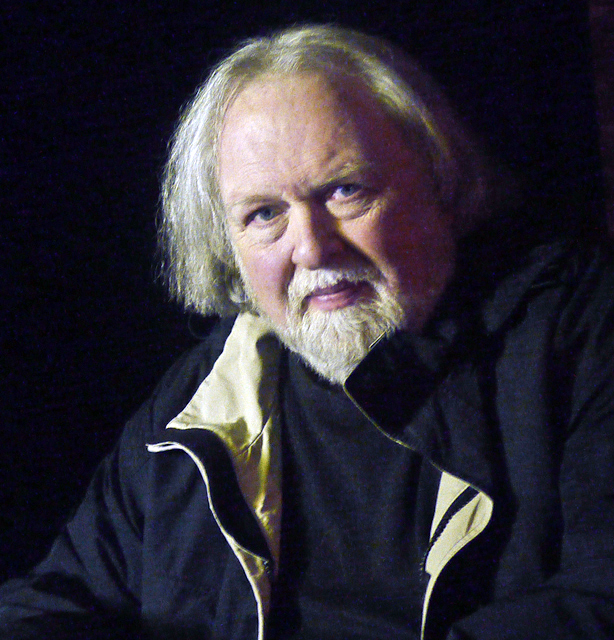To Avoid Oblivion, Cable Looks for Web Solution

Two months ago, I wrote this column about how large numbers of people are turning off pay television — choosing instead to watch free television over the Internet. Since then the subject has become Topic A within the cable industry.
At the recent Cable Show in Washington, D.C., executives scrambled to support the idea of allowing their paying subscribers access to their programming on the Web. The problem is they don’t have the business deals in place or the technology yet to block non-subscribers.
“The biggest risk is so much stuff gets on the Internet for free that we turn into the newspaper business,” Stephen B. Burke, Comcast’s chief operating officer, told The New York Times.
Many television program suppliers and networks got way ahead of pay services by making their content available on sites like iTunes and Hulu. Then, Netflix came along with their set-up box that makes movie watching as close to free as it gets. This leaves much of cable unavailable on the Web and struggling to compete with free programming.
When the economy tanked, cable panicked as customers started to say “no” to the high subscription prices. The industry has always had two profitable revenue streams — subscriptions and advertising. Much of that subscription money goes to programmers like ESPN, CNN and other big marquee cable networks.
ON-DEMAND VIEWING
At the Cable Show, the key topic was creating a system that would allow cable subscribers to easily move off the cable platform to any device for on-demand viewing. The long sought access to anything, anytime, anywhere. It’s an elegant idea and one that most cable executives endorsed — that is, in theory.
But making sure only cable subscribers watch cable on the Internet is a technical challenge that’s not so simple to implement. Even if everyone wanted to do it, it would take years to deal with the complex technical and business issues involved.
“This is a very complex set of discussions around business models that no one fully understands,” Patrick Esser, the president of Cox Communications, told the Times. For example, he asked, how does one convert a cable subscription — which serves anyone in a home — into a service that can be used anywhere?
Can only one person be watching online at a time? Should a limited number of devices, perhaps five, be authorized to connect to video content for each cable subscription? How would all of the cable networks be brought together in a short time for such a complex task?
Walt Disney CEO Robert A. Iger expressed doubts in an address at the show. Though he said he’s open to hearing more about making cable programming available to subscribers on the Web, “we are curious about its practicality, both technically and otherwise.”
Iger also challenged proposals by cable companies that Disney restrict the video programming that it now makes available for free on various Web sites.
“Preventing people from watching any show online unless they subscribe to a multichannel service could be viewed as both anti-consumer and anti-technology,” the Disney chief said.
And this is where the problem lies — getting so many disparate interests to agree before time runs out for cable. Ask the music and newspaper industries — nothing speeds the clock on business change quicker than a poor economy.
HBO GO
Before the whole pay-TV industry moves to the Internet — something that could take years if it ever happens — a few premium channels will probably try first. Time Warner cable was promoting “HBO GO”, a proposed service that would allow HBO subscribers to watch its programming anywhere.
“Introducing HBO GO, the newest, coolest way to watch HBO on your computer,” said a test commercial for the proposed service. “If you have the key, it’s free. Just log into your video provider and verify you are an HBO subscriber. That’s the key. Then watch all your favorite HBO programming.”
Comcast’s Stephen Burke said his company expected to introduce a new service for the Internet later this year with programs from HBO, Showtime, Starz! and a few other channels. He emphasized that it’s completely normal for people to buy subscriptions on the Internet to watch video programming.
But everyone knows that’s not true. The opposite — though unthinkable to the cable execs — is really true. This is really a race to see if cable can react to the free Internet TV phenomenon before it wrecks their subscription business model.
Even Burke conceded the possibility.
“What I worry about is that, of the 50 cable channels that matter, five of them will have a bad year and start putting up more and more free,” Burke told the Times.
If I were a cable executive, I’d be worried too.
Frank Beacham is a New York City-based writer. Visit his Web site atwww.frankbeacham.comand his blog atwww.beachamjournal.com.
The professional video industry's #1 source for news, trends and product and tech information. Sign up below.
Frank Beacham is an independent writer based in New York.

